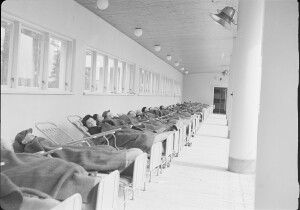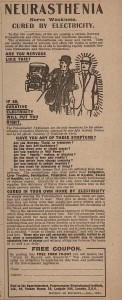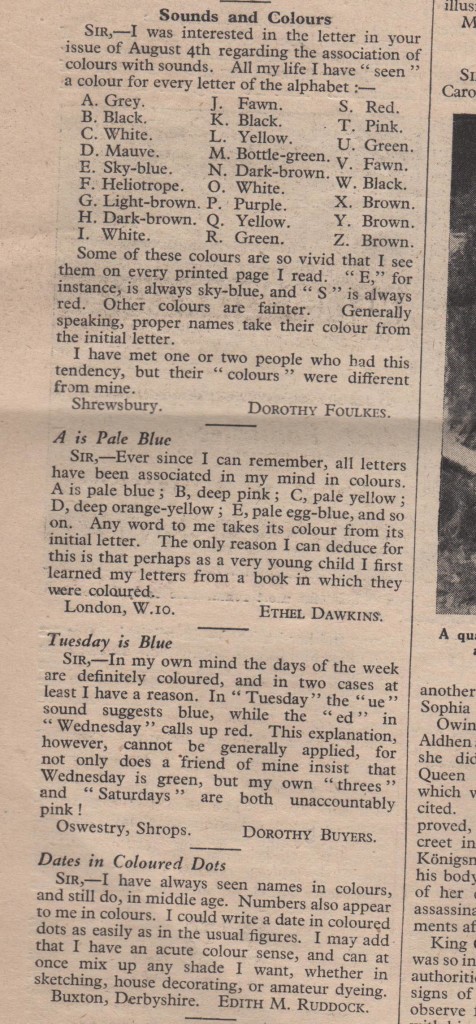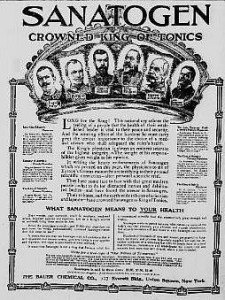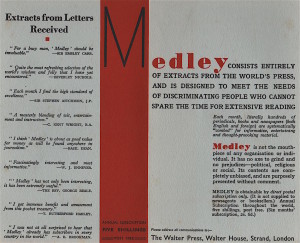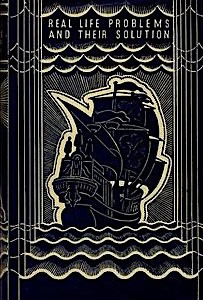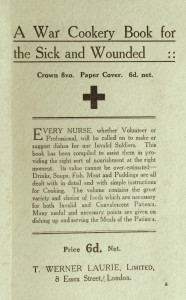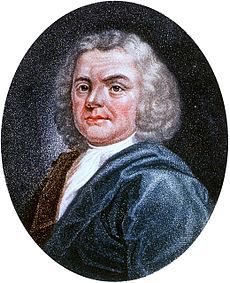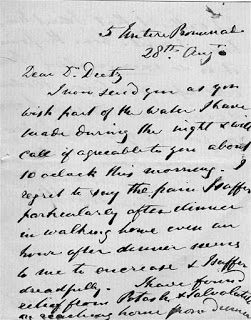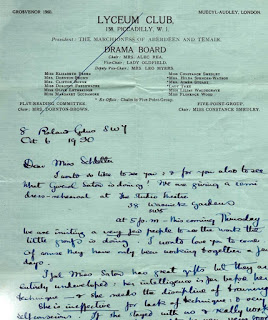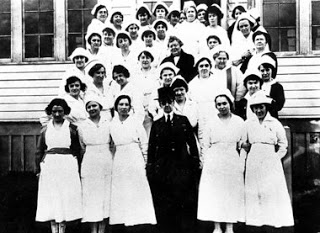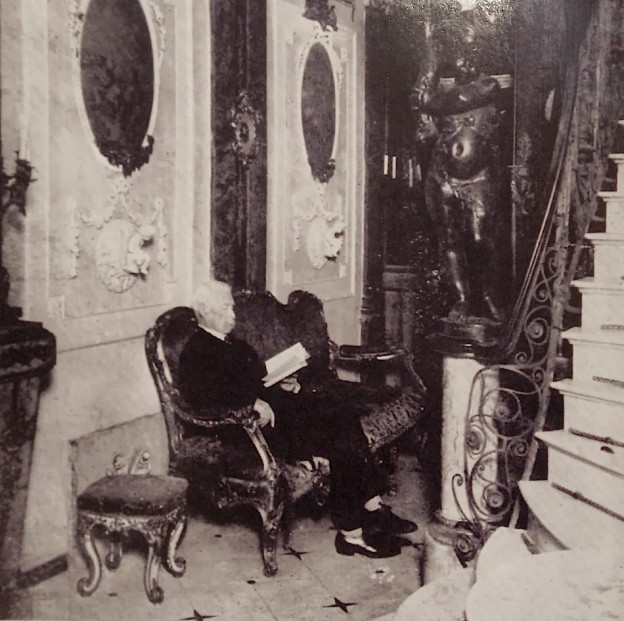Utopian fiction— as purveyed by H. G. Wells, Ford Madox Ford and Aldous Huxley ; the vegetarian movement, calisthenics and other health –promoting practices, including naturopathy and hydrotherapeutics, and psychoanalysis—were all increasing in popularity among the chattering classes of England in the years that followed the end of WW1. And Focus,which advertised itself as ‘to the point in matters of health, wealth and life’, was one of the magazines that catered for this new demand. 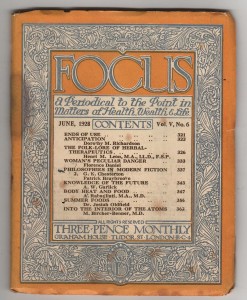
Rooting through the archive at Jot HQ we found two copies of this ‘little’ magazine ( it was only the size of a prayer-book) and one of the first things that struck us was the high proportion of adverts in them. In the issue for June 1928, out of its sixty pages a quarter were adverts. And these ads told you a lot about the magazine’s readership. Perhaps the most interesting advert was for the famous Stanboroughs Hydro, near Watford. Here among 200 acres of parkland the Hydro offered cures of all kinds, including Electric Baths, Ionisation, Diathermy, Phototherapy, Artificial Sunlight, Massage and X –Rays. Incidentally, Stanborough is still there. Other adverts were for similar health farms , such as Uplands, the ‘Nature Cure’ retreat near Hereford. This establishment offered such regimes as the Exclusive Milk Diet and way-out psycho therapies, such as Auto-Suggestion by the Coue method. Focus also gave space for the alternative life-style gurus, such as Dr H Valentine Knaggs (1859 – 1954), whose self-help booklet, Blood and Superman,was less to do with the influence of Nietzsche and more to do with the purity of the blood stream in the attainment of the higher faculties. Other titles from Knaggs included The Mischief of Milk(1920), The Salad Road to Health (1919), and the Right and Wrong Uses of Sugar (1923). Such warnings seem amazingly prescient to us in 2019. But as if to prove that Focus
was not the whacky reservoir of alternative medicine that some of its content appeared to suggest, the editor also included an article by the Swiss nutritionist who popularized muesli, Dr M. Bircher-Benner ( 1867 – 1939) entitled ‘Into the Interior of the Atoms, ‘ a survey of the latest discoveries in particle physics, and in particular the recent theories of Niels Bohr, which was illustrated by an amazing diagram of the electron paths of a radium atom.
But Focus was nothing if not eclectic. In the same issue we find a piece by Patrick Braybrooke, who as well as being the father of Neville, who became a prominent literary figure in the neo-romantic movement of the 1940s, was also an authority on G. K. Chesterton, H.G.Wells and Thomas Hardy. In part six of his series of features on ‘ Philosophies in Modern Fiction’ Braybrooke examines the philosophy of Chesterton, which he sees as being inimical to a rational view of society, but which instead promoted an essentially humanitarian sense of wonder towards the ‘ picturesque, the glories of the old legends (and ) the glamour of the Middle Ages’. In this, Braybrooke suggested, he opposed ‘any superman ideas ‘.This invocation of the idea of ‘ superman ‘ was probably a dig at the atheistic, ‘ progressive ‘George Bernard Shaw, whose play ‘Man and Superman’ dealt with the philosophical implications of Nietzsche . It is likely that Braybrooke saw Chesterton’s old school Catholicism both as a corrective to these notions and part of the movement towards the attainment of a simpler, alternative lifestyle which was underpinned in his case by religious faith. Continue reading →
